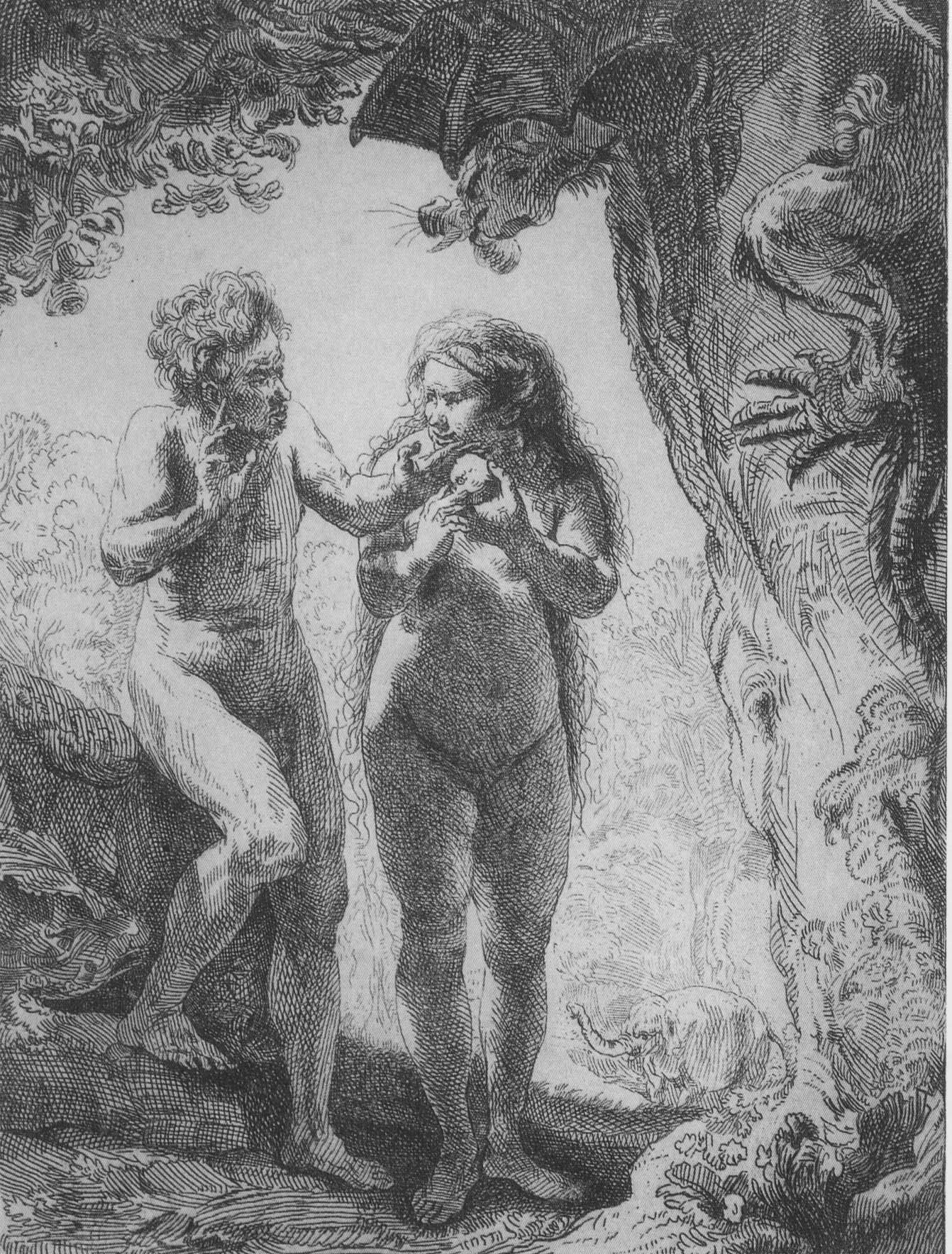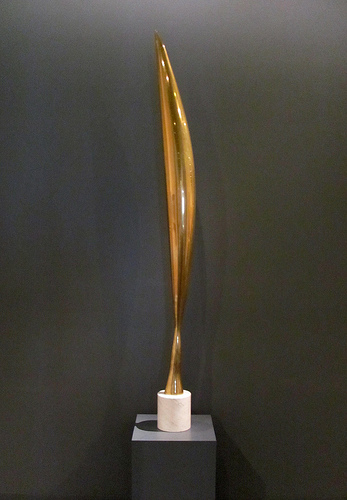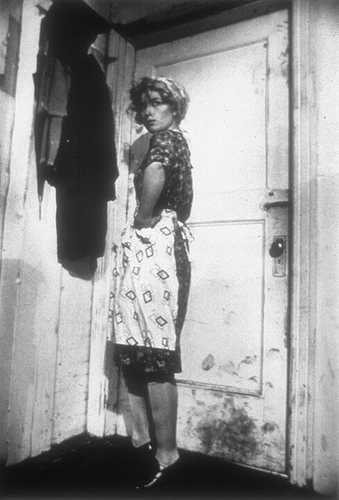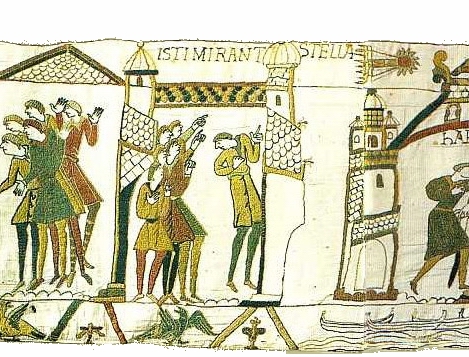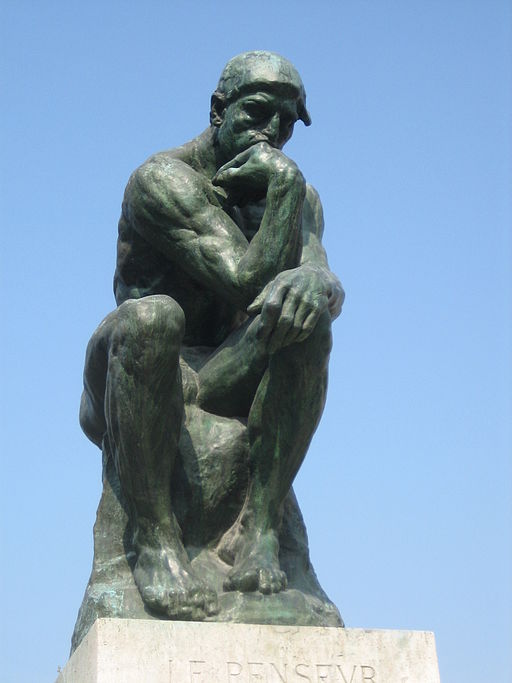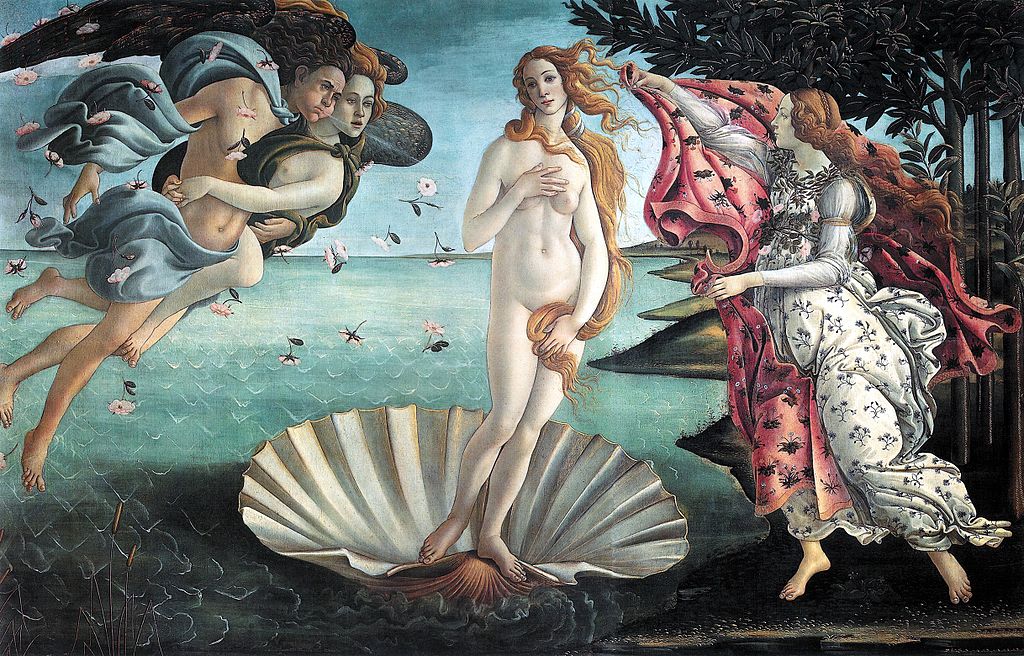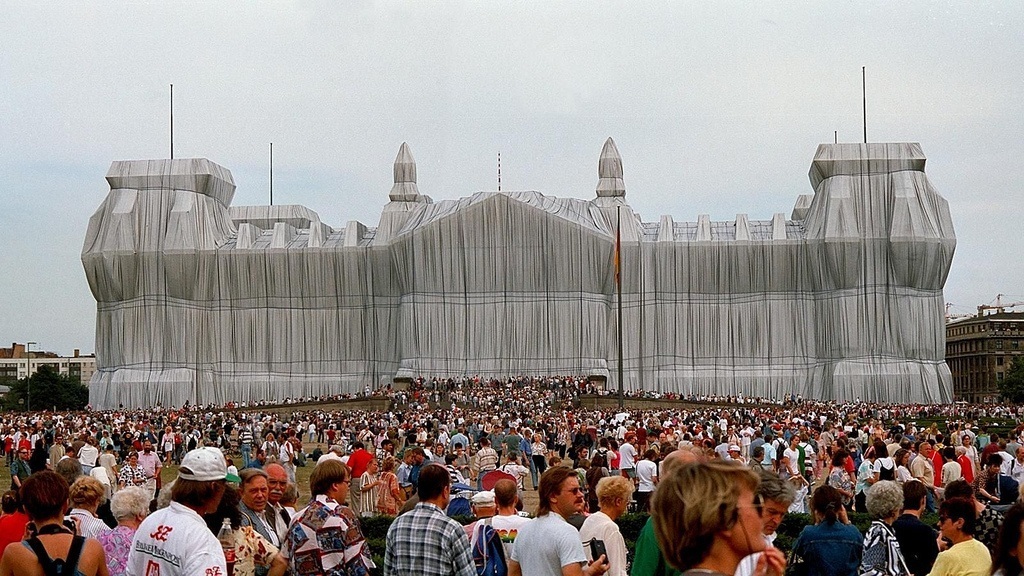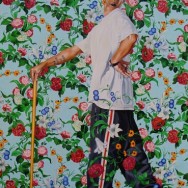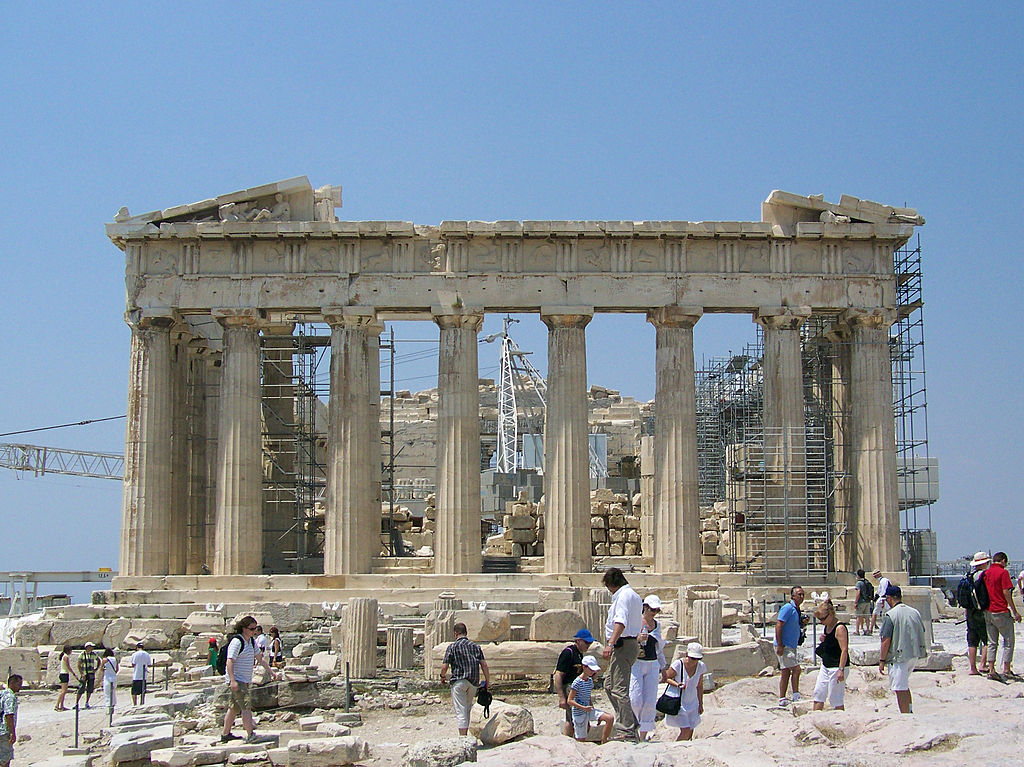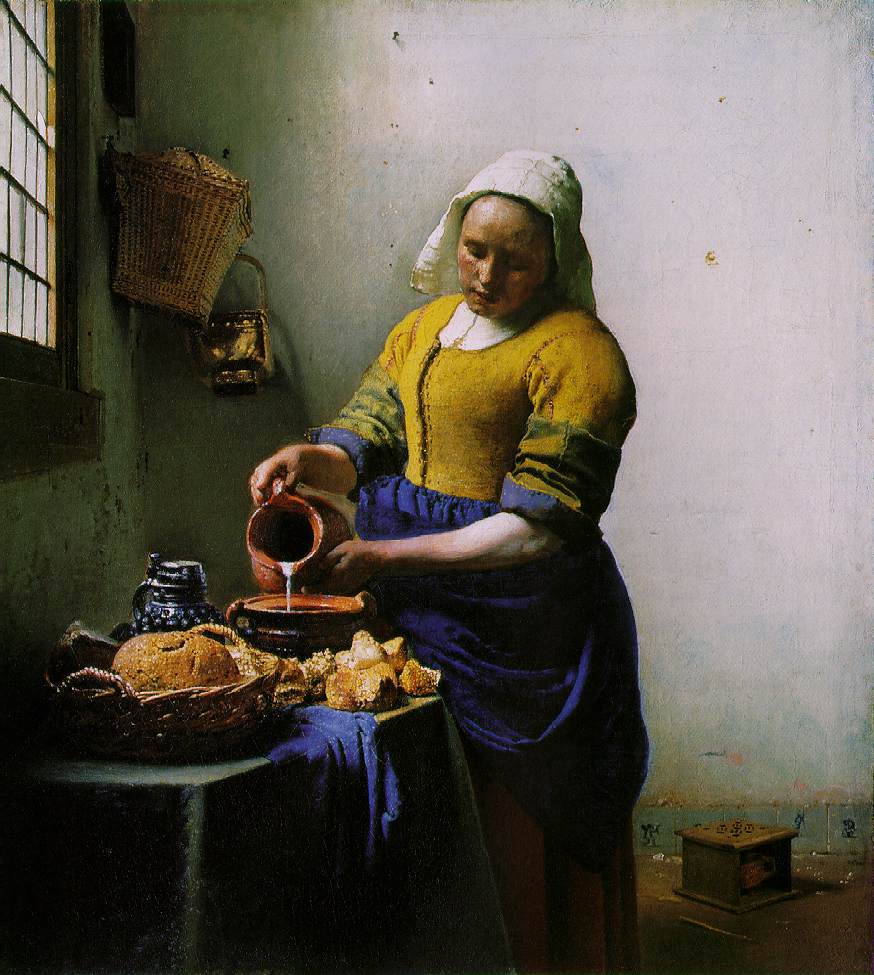The Venus of Willendorf is seriously old; someone carved her from limestone around 28,000 BCE. That’s 30,000 years ago! Needless to say, it’s very difficult to know why this Paleolithic artifact exists. Because we know so little about the circumstances … Continue reading
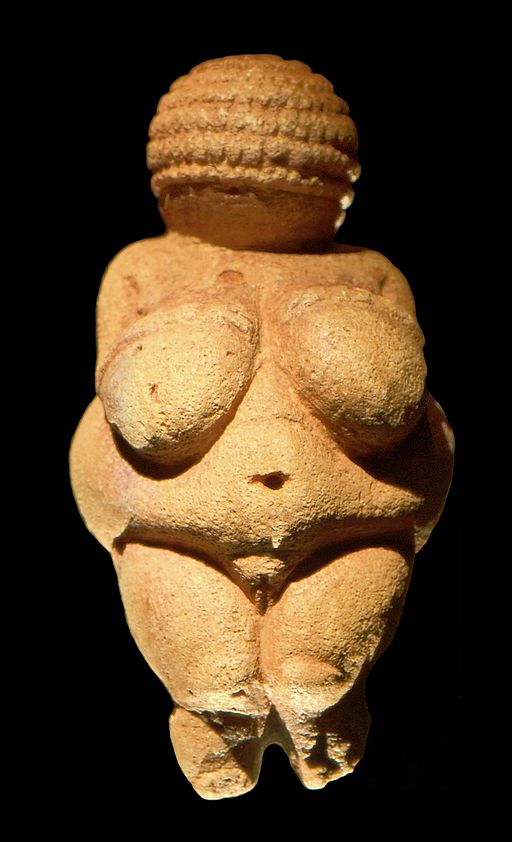 Venus of Willendorf, c. 28,000 - 25,000 BCE, limestone, 4⅓” high, Naturhistorisches Museum, Vienna, Photo by Matthias Kabel via Wikimedia Commons, GNU Free Documentation License.
Venus of Willendorf, c. 28,000 - 25,000 BCE, limestone, 4⅓” high, Naturhistorisches Museum, Vienna, Photo by Matthias Kabel via Wikimedia Commons, GNU Free Documentation License.

